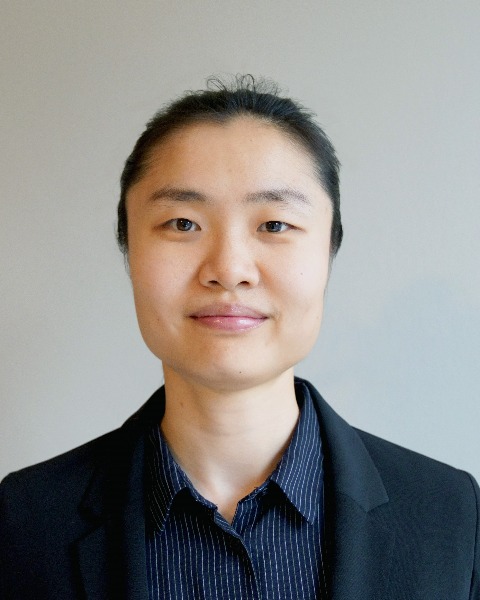Manufacturing & Analytical Characterization
Symposium: Advancements in Manufacturing and Characterization of Pharmaceuticals/ Biopharmaceuticals 2
Develop, Scale-Up, and Clinical Study High-Drug-Loading Nano for BCS IV
Monday, November 10, 2025
9:30 AM - 10:00 AM CT
Location: 302 ABC

Miki (Mengqi) Yu, Ph.D.
Sr. Scientist II, R&D Formulation Development
AbbVie, Inc.
North Chicago, Illinois
Speaker(s)
Amorphous solid dispersion (ASD) is an enabling approach utilized to deliver poorly soluble compounds. ASDs can spontaneously generate drug-rich amorphous nanoparticles upon dissolution, which can act as a reservoir for maintaining supersaturation during oral absorption. But, conventional ASDs are often limited in drug loadings to < 20 %. For indications where the dose is high, this can translate into a significant pill burden. The aim of this research was to develop a high drug loading (DL) amorphous nanoparticle (ANP) formulation that can release the drug-rich nanoparticles into solution upon contact with aqueous environment. Nanoparticles were directly engineered using solvent/anti-solvent precipitation. The obtained nanoparticle suspension was then concentrated followed by solidification to a 45% drug loaded re-dispersible amorphous powder by freeze drying (FD). Particle size distribution, physical stability, and thermal properties of the formulations before and after processing steps, as well as in storage were analyzed to understand behaviors of these drug rich nanoparticles, which enabled successful formulation/process development. An oral suspension of this FD powder demonstrated promising pharmacokinetics in dogs when compared with a suspension from 10% drug loaded ASD. This preclinical data enabled a human proof-of-concept assessment opportunity. Challenges manifested during scale-up from 50g (lab scale) to 280g (for clinical supply). Given the preclinical data, formulation change was restricted, therefore, process modifications were implemented. Cold collection after precipitation prevented particle growth but resulted in 75 nm particles at clinical scale (CS), compared to 150 nm at laboratory scale (LS). This size decrease rendered stabilizer amounts suboptimal for FD operation. Consequently, when FD powder was resuspended in water a smaller fraction of particles was below 450 nm (by filtration), ~65% for CS compared to ~85% for LS. Formulation was stable for > 6 months, evaluated by monitoring moisture content, assay, powder X-ray diffraction (PXRD), and redispersion time. Despite ~65% re-dispersibility, this 45% DL formulation oral suspension in humans had higher Cmax and AUC ~73% and ~46% respectively in fasted-state, and under fed-state it met bioequivalence criteria for AUC but Cmax was 20% lower compared to reference (10% DL ASD tablets) demonstrating advantage of ANP strategy over ASD approach.
Learning Objectives:
- Upon completion, participants will be able to understand and evaluate advantages and disadvantages of different ASD formulations and processes for different compounds, in terms of developmen, manufacturing as well as bioavailability.
- Upon completion, participants will be able to understand the principles of Advanced Nanoparticle Formation and Formulation Techniques: Gain insight into innovative techniques like solvent/anti-solvent precipitated amorphous nanoparticles (ANP).
- Upon completion, participants will be able to identify key considerations and challenges of developing and scaling up cutting edge nanoparticle formulations.
- Upon completion, participants will be able to apply the learned new knowledge into their future work with focus on scalability of invented technologies for solubility and dissolution enhancements.

